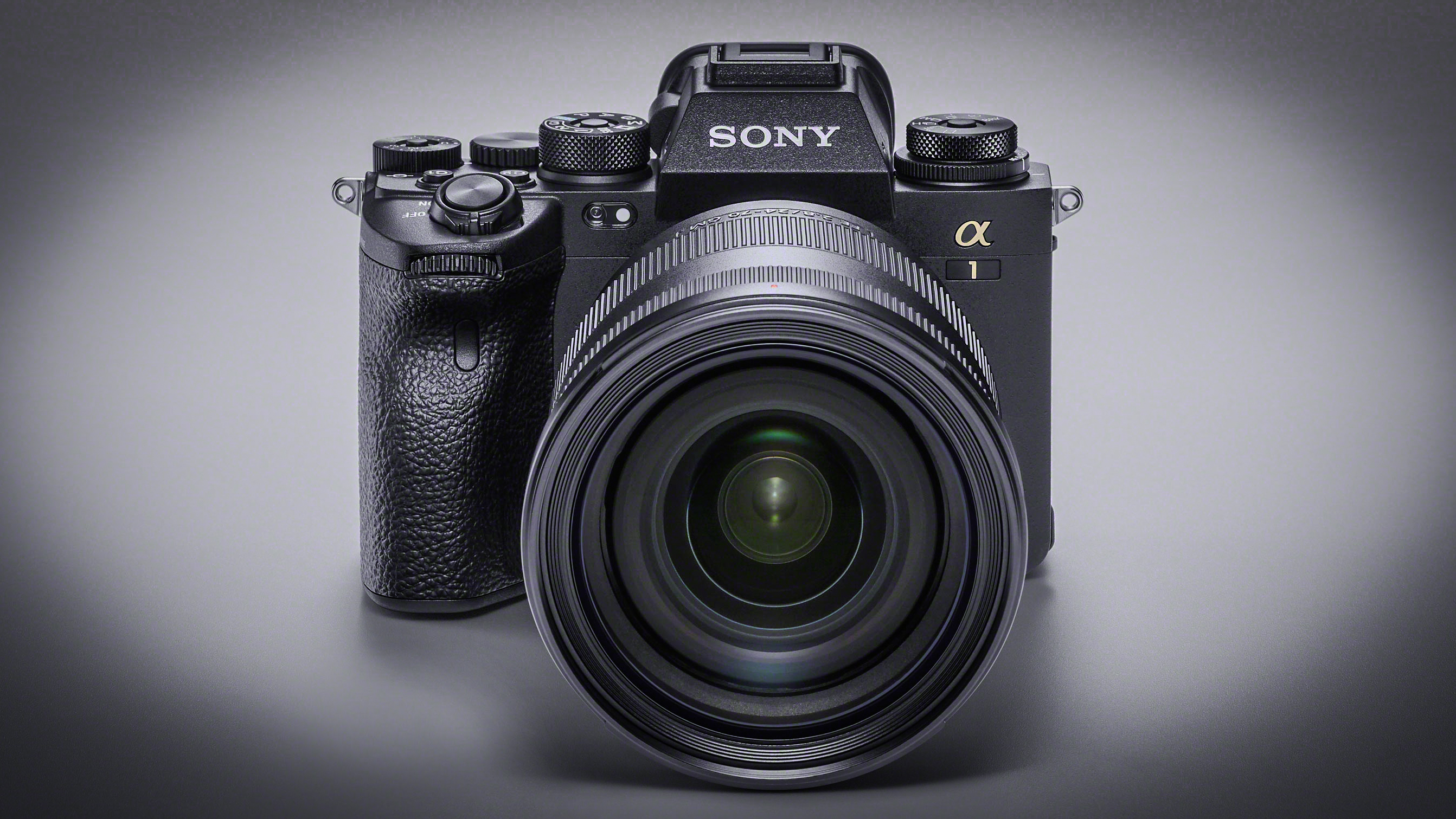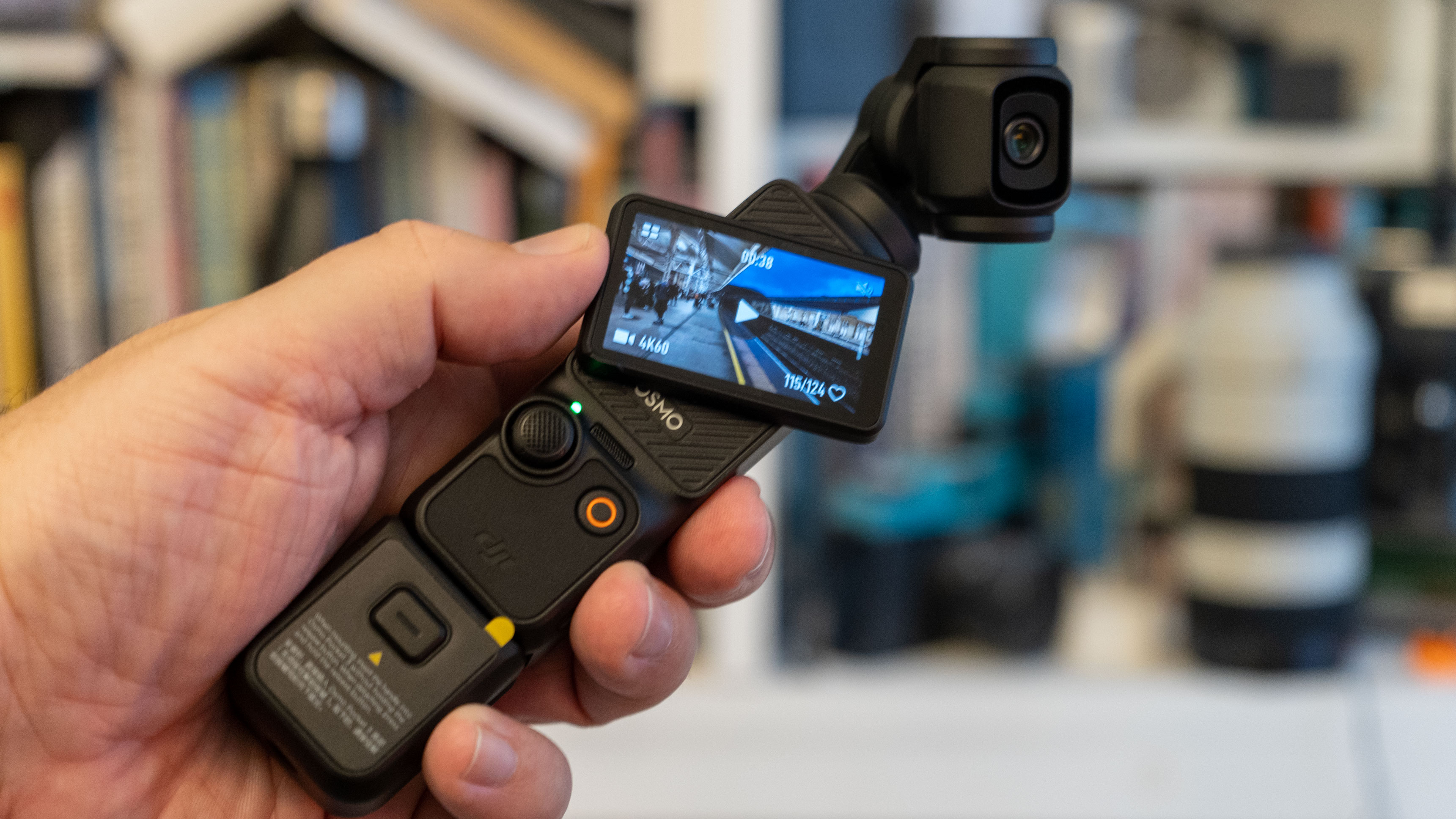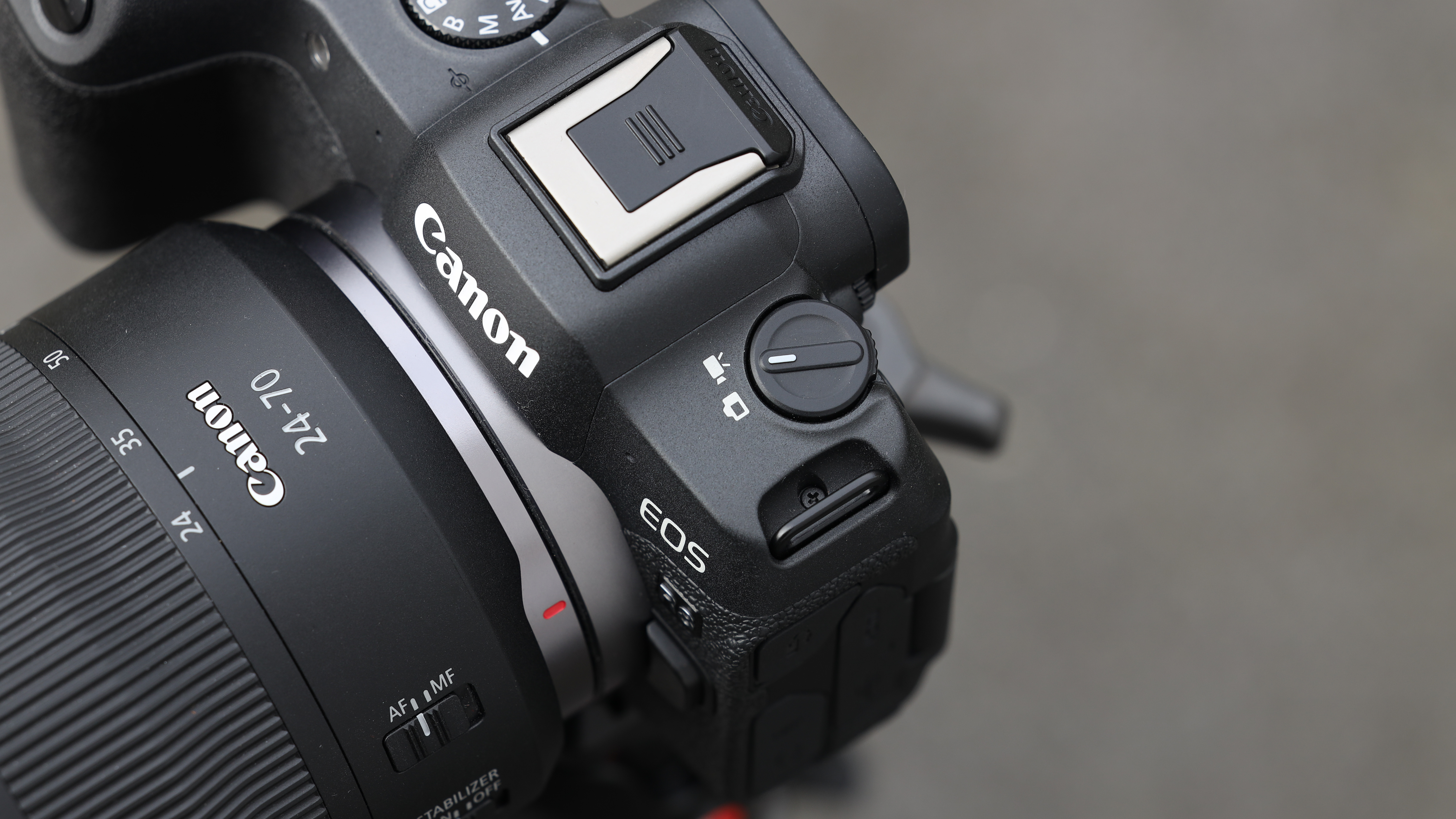Why are we so obsessed with cameras that can do absolutely everything?
Maybe two cameras (or three) are better than one?

I’m not picking on the Sony A1 in particular, but it is a good example of a camera designed to be spectacularly good at everything. After all, it has 8K video, 50MP stills, 30fps continuous shooting – it’s an extraordinary technical achievement. It’s perhaps the closest we’ll ever get to the perfect camera. But a lot has happened since the launch of the Sony A1 in 2021, and none of it good for Sony’s powerhouse flagship.
One thing that hasn’t changed is the price. It has come down a little in the UK, but the Sony A1 is still up at its original $6,500 asking price in the US. That’s a heck of a lot of money. You’d better really need all those features because for sure you’re paying for them.
So actually, let’s break down these features, starting with resolution. Even when it was launched, the Sony A1 didn’t have the highest resolution sensor. At 50MP it was above everything else… except Sony’s own 61MP A7R IV, launched two years earlier. If resolution was a key thing you’re looking for, the cheaper A7R IV did it better.
The Sony A1 has also been overtaken by later AI autofocus tech, first ushered in with the A7R V with its dedicated AI processor, which is now filtering down through the rest of the range – but is not in the Sony A1.
And while for action photography the Sony A1 reigned supreme, for a while, the Sony A9 III with its global shutter and 120fps burst speed just blows it out of the water.
The Sony A1 is still one of the best Sony cameras there is, purely because of its colossal capabilities, and remains perhaps one of the best hybrid cameras for professional shooters. It’s also one of the highest resolution cameras you can buy. But would you still consider it, at this pricee, one of the best cameras for sports, or one of the best cameras for video?
Yes, let’s talk about video. The trouble with high-resolution sensors and video is that there are too many megapixels for regular 4K video capture, meaning a complicated matrix of oversampling, cropping and frame rate options for users to navigate. For video, a video-centric camera will always be better, such as the Sony A7S III. Yes, it does only shoot 4K, but that represents a realistic current need. If we look at a different brand, while the 40MP Fujifilm X-H2 has the headline spec of 8K video, most would surely agree that the 26MP X-H2S is better for video and action.
The best camera deals, reviews, product advice, and unmissable photography news, direct to your inbox!
For a long time, the top camera makers have been making two types of flagship camera side by side, traditionally one optimized for resolution and one for speed. For example, Nikon DSLR users could choose between the Nikon D850 and the Nikon D5. Canon fans can choose between the 45MP Canon EOS R5 II and the 24MP EOS R3 (or EOS R1). There's a reason for that. Speed and resolution don't mix well.
Can one camera really do everything?
It doesn’t look like it. Worse, even if you can come close to the ‘perfect’ camera, as the Sony A1 did, you face two issues.
First, it’s going to cost a lot of money. The Sony A1 is still by far the most expensive Sony camera, despite being overtaken in one respect or another by cheaper stablemates.
Second, and related to this, is that such a camera is vulnerable to new technologies across a whole range of fronts, and being superseded in any of these – resolution, autofocus, continuous shooting, video – is going to devalue it.
If the perfect camera was to be launched tomorrow, that was ahead of everything else in every field, how long would it be before its advantage was eroded by newer, more specialized but cheaper rivals?
Or are two (or three) cameras better than one?
The fact is, if we’re going to be practical about this, we need to look at what we need and which cameras are best for this. And that could mean cameras in the plural sense.
If you shoot both stills and video, do you actually need two cameras? It sounds expensive, but many of us shoot with two-camera systems anyway, just to have a little extra redundancy. And if you’re a sports, wedding or press photographer, it’s a heck of a lot easier to grab another camera out of the bag than swap lenses and shooting settings with the one in your hand.
You don’t have to spend a lot of money to get a camera that’s very good at video. The same applies to stills photography. They don’t have to be the same camera. And if one of them gets overtaken by newer technologies, it’s only a part of your setup that you need to think about replacing.
Of course, we all want the perfect camera that’s simply the best there is at everything. But is this more of an idle dream than a serious practicality? Content creation is now such a diverse field that the idea of a single camera that’s the best at everything is becoming ridiculous. Even the best mirrorless camera can’t go where a GoPro Hero12 Black can – and no IBIS or gimbal setup can rival the size, speed and practicality of the humble DJI Pocket 3.
The danger is that by trying to find the perfect do-it-all camera you end up with one that restricts the content you can create, if only because of its physical design. You're closing your options down, not opening them up.
We’d probably all agree that we need the right camera for the job. The thing is that the jobs we need to do are now so diverse and specialized that there simply isn’t one single camera that can do them all effectively.

Rod is an independent photography journalist and editor, and a long-standing Digital Camera World contributor, having previously worked as DCW's Group Reviews editor. Before that he has been technique editor on N-Photo, Head of Testing for the photography division and Camera Channel editor on TechRadar, as well as contributing to many other publications. He has been writing about photography technique, photo editing and digital cameras since they first appeared, and before that began his career writing about film photography. He has used and reviewed practically every interchangeable lens camera launched in the past 20 years, from entry-level DSLRs to medium format cameras, together with lenses, tripods, gimbals, light meters, camera bags and more. Rod has his own camera gear blog at fotovolo.com but also writes about photo-editing applications and techniques at lifeafterphotoshop.com



